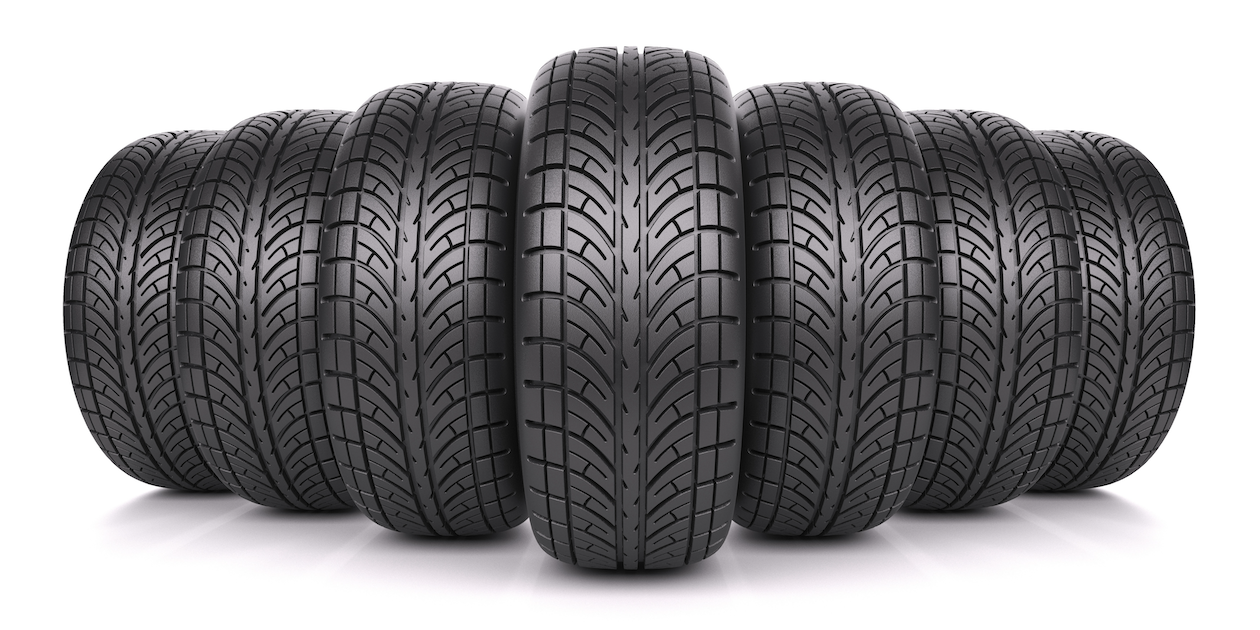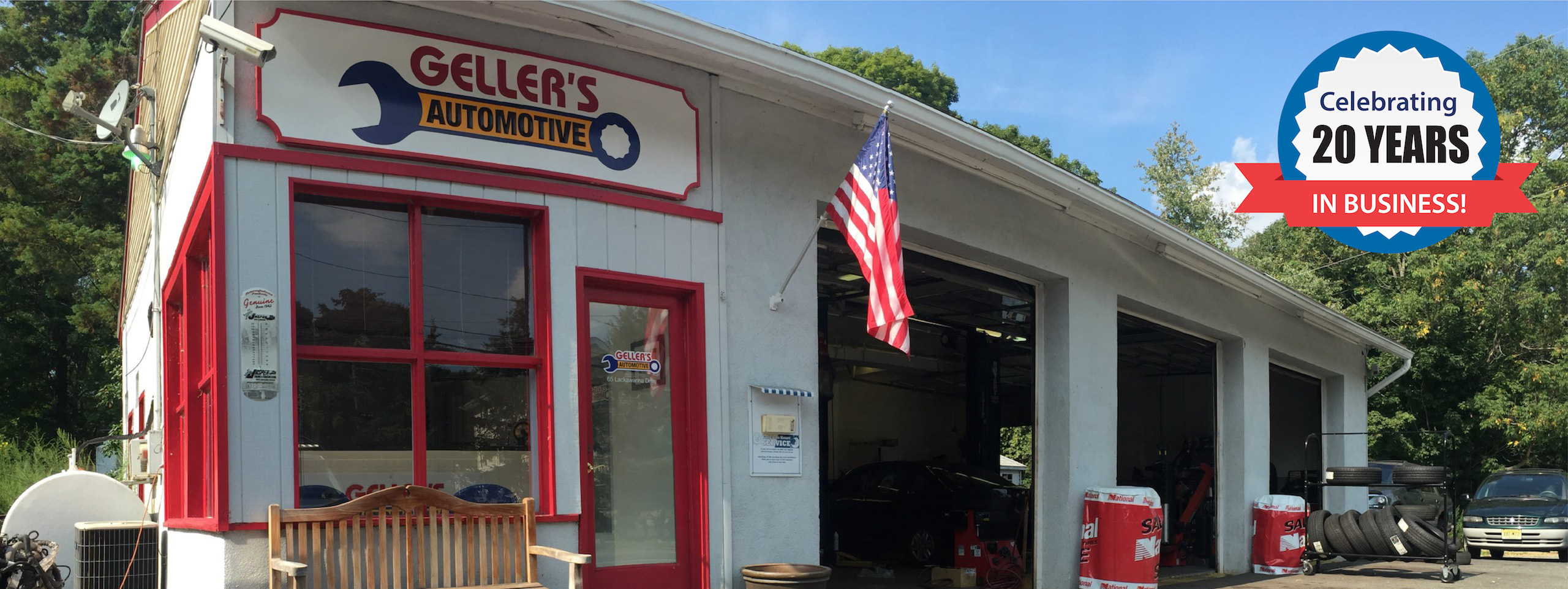
As a vehicle owner, maintaining your car’s tires is crucial for driving performance and your safety. This is especially important as the fall weather changes with wet road surfaces, slippery leaves, and less daylight hours. Ongoing maintenance of tires includes some tasks that you can handle on your own, while others need to be serviced by a professional. In this month’s blog post, we review tire maintenance basics so that you can extend the life of your tires and operate your vehicle safely this fall season.
Checking Tire Tread
The tread on your tires provides the traction your vehicle needs to safely navigate roads, especially in adverse weather conditions. To check your tire tread, you can use the penny test. Here’s how:
- Take a penny and place it into several tread grooves across the tire.
- If part of Lincoln’s head is always covered by the tread, you have more than 2/32 of an inch of tread depth remaining, which is acceptable.
- If you can see all of Lincoln’s head in any of the grooves, your treads are shallow and worn, indicating that it is time to replace your tires.
Maintaining Proper Tire Inflation
Proper tire inflation is essential for optimal vehicle handling, fuel efficiency, and tire lifespan. Here’s how to stay on top of it:
- Check your tire pressure regularly: It’s recommended to check your tire pressure at least once a month. Use a reliable tire pressure gauge to do this, even if you have a Tire Pressure Monitoring System (TPMS), it is a good idea to do a manual check of the pressure.
- Know your recommended tire pressure: This information can be found in your vehicle’s owner’s manual or on a sticker usually located on the driver’s side door jamb or glove box door.
- Inflate your tires properly: If your tires are underinflated, use an air compressor to inflate them to the recommended pressure. Be careful not to overinflate.
Rotating Your Tires
Tire rotation involves changing the position of each tire on your vehicle. It’s recommended to rotate your tires every 5,000 to 8,000 miles. This practice helps ensure even tire wear, which can extend the life of your tires, improve gas mileage, and provide a smoother ride. If your tires are not rotated regularly, you may notice uneven tire wear or a decrease in your vehicle’s handling performance.
Balancing Your Tires
Tire balancing compensates for weight imbalances in your tires and wheels. When your tires are balanced, small weights are attached to the wheels to limit vibration of the tire and wheels as they turn. Newly installed tires should be balanced, and thereafter, whenever a vibration is noticed. Unbalanced tires can lead to uneven wear, vibration, and potentially unsafe driving conditions.
Aligning Your Tires
Tire alignment, also known as wheel alignment, involves adjusting the angles of the wheels so they are set to the vehicle manufacturer’s specifications. The purpose of these adjustments is to reduce tire wear and to ensure that your vehicle travels straight and true without “pulling” to one side. If your vehicle is pulling to one side or if you notice uneven tire wear, your car may need an alignment.
Each of these maintenance tasks is performed differently. Tread inspections and inflation are easily done at home. Tire rotation can be done at home if you have the right equipment, but it’s often performed by a professional mechanic during a routine oil change. Tire balancing requires special machinery and should be done by a professional. Similarly, tire alignment involves adjusting complex suspension angles and should be done by a qualified service professional.
If you would like your tires checked out, contact the service professionals at Geller’s Automotive to schedule an appointment today. Get a jump start on seasonal changes so that you have a safe and enjoyable autumn.



